Drongos, Fantails and Birds-of-Paradise
Drongos from the Dicruridae family are Old Word birds that inhabit tropical and sub-tropical forest and wooded areas. I photographed the featured species in Singapore and Australia. See Taxonomy note at the end of this page.
I photographed fantails that belong to the Rhipiduridae family in South-East Asia and Australasia; they prefer forest and rainforest habitats.
Birds-of-Paradise belong to the Paradisaeidae family inhabit tropical forests in parts of Wallacea and eastern coastal areas of Australia. The gallery displays one single species that I photographed in Queensland.
Drongos, Fantails and Birds-of-Paradise
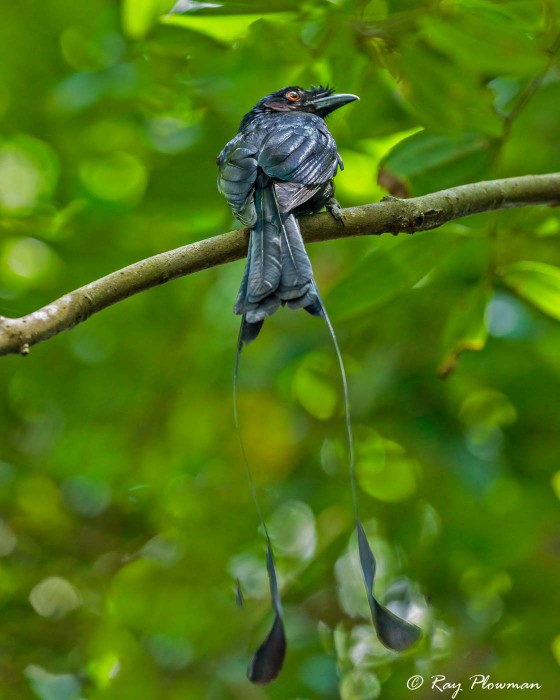
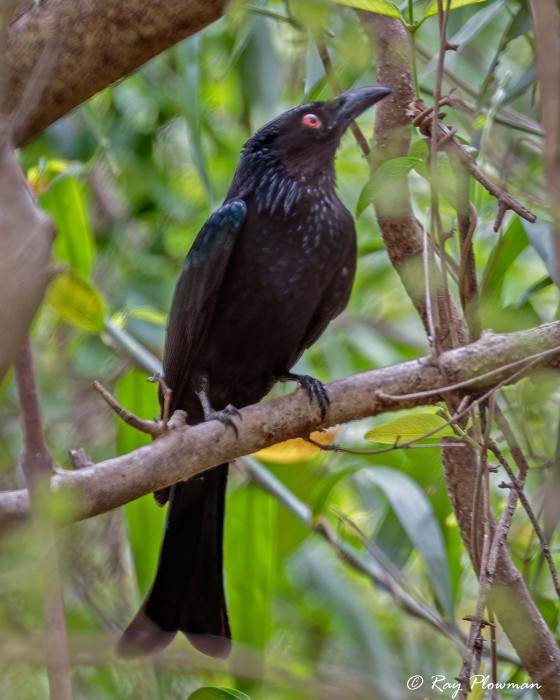
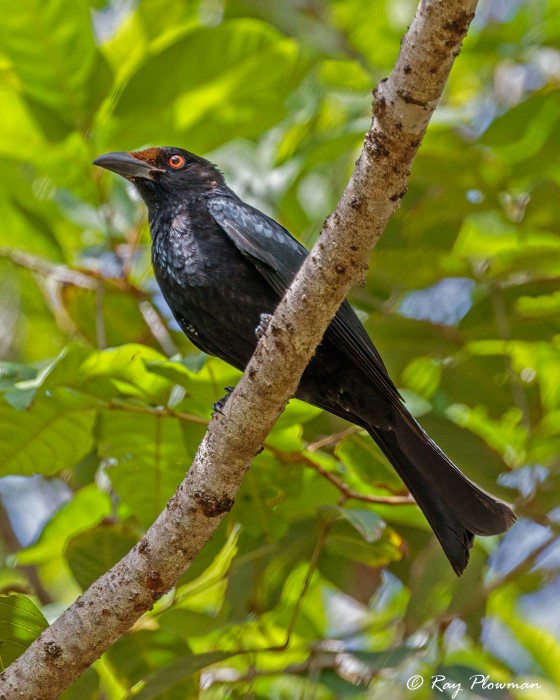
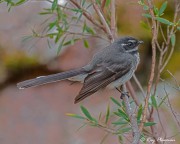
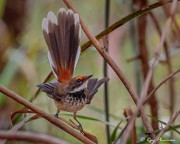
Drongos, Fantails and Birds-of-paradise Notes
The ‘red list 2019’ of threatened species lists all the featured species as ‘Least Concern’.
I photographed the Greater Racket-tailed Drongo in Singapore and two subspecies of Spangled Drongo in the Northern Territories and tropical Queensland.
Eight species of fantail photographed in Australasia, Malaysia, and Singapore including an endemic New Zealand Fantail feature in the gallery. Two photos of Grey Fantail show Rhipidura albiscapa in Tasmania and R.a. alisteri in Queensland; the latter is an Australian subspecies endemic. Images of two similar-looking birds the Arafura Fantail (Rhipidura dryas) in Northern Territories and Rufous Fantail (Rhipidura rufifrons) in Queensland. Three images of Willie Wagtail show the nominate (Rhipidura albicollis) in Queensland and an adult and immature subspecies R.a. picata in Northern Territories. Finally, an adult and immature Malaysian Pied Fantails in Singapore and a Spotted Fantail and White-throated Fantail in Malaysia.
The Victoria’s Riflebird is a Birds-of-Paradise genus endemic to Atherton Tablelands in Australia.
Drongos and Fantails Behaviour
Drongo and Fantail Behaviour Notes
The first three images show a Malaysian Pied Fantail vocalising and hunting for insects followed by a short photo essay of nesting behaviour. The nest consists of spider-web covered dry grass with photos of an empty nest and the adult returning to settling-in and incubating her eggs after feeding. Three images of greater Racket-tailed Drongos show a pair and one of the individuals feeding on insects in tree bark at Singapore’s Botanic Gardens.
Drongos, Fantails and Birds-of-Paradise Taxonomy
Corvoidea forms the core corvids, which are closely related and placed in suborder Passeri. J Boyd Taxonomy in Flux Checklist includes ten Corvoidea families. For clarity, the family tree only includes the six of these bird families presented in two Corvoidea photo albums. This album includes three families:
(a) Drongos (Dicruridae)
(b) Fantails (Rhipiduridae)
(c) Birds-of-paradise (Paradisaeidae)
Bird families with dashed outlines depict those presented in the first Corvoidea photo albums.










![Victoria's Riflebird (Ptiloris victoriae [Lophorina victoriae]) female in the rainforest near Lake Eacham (Atherton Tablelands) Victoria's Riflebird (Ptiloris victoriae [Lophorina victoriae]) female in the rainforest near Lake Eacham (Atherton Tablelands)](https://rayplowman.co.uk/wp-content/uploads/2018/11/Victorias-Riflebird-Female-_7D_8295hs-180x144.jpg)












